Sauce arturo recipe – Embark on a culinary adventure with our comprehensive guide to Sauce Arturo, a delectable creation that will tantalize your taste buds and elevate your dishes to new heights.
From its humble origins to its versatile variations, discover the secrets of this exquisite sauce that has captured the hearts and palates of food enthusiasts worldwide.
Introduction to Sauce Arturo
Sauce Arturo, a delectable culinary creation, traces its roots back to the vibrant city of Bologna, Italy. This flavorful sauce, often paired with pasta, has gained immense popularity worldwide, captivating taste buds with its rich and savory notes.
Key Ingredients
Sauce Arturo’s distinct flavor profile stems from a harmonious blend of carefully selected ingredients. The foundation of the sauce lies in fresh tomatoes, which provide a vibrant base. Garlic and onions add a savory depth, while carrots and celery lend sweetness and a touch of earthiness. The sauce is further enriched with white wine, which deglazes the pan and adds a subtle acidity, and fresh herbs like basil and oregano, which infuse it with an aromatic complexity.
Ingredients and Variations

Sauce Arturo, with its robust flavor and versatility, is a culinary delight that can elevate any dish. To create this exquisite sauce, a few essential ingredients are required, and numerous variations and substitutions can cater to personal preferences and dietary restrictions.
The foundation of Sauce Arturo lies in the harmonious blend of tomatoes, onions, and garlic. These ingredients provide a rich base that captures the essence of Italian cuisine. Additionally, herbs like oregano, basil, and thyme add aromatic complexity, while a touch of sugar balances the acidity of the tomatoes.
Essential Ingredients
- Tomatoes: Ripe, flavorful tomatoes are the heart of Sauce Arturo, providing a vibrant red hue and a naturally sweet and tangy taste.
- Onions: Sweet onions, with their delicate flavor and crunch, add a subtle sweetness and depth to the sauce.
- Garlic: Fresh garlic cloves impart a savory and aromatic essence, enhancing the overall flavor profile.
- Olive oil: Extra-virgin olive oil is the preferred choice for sautéing the vegetables, as it contributes a rich, fruity flavor and healthy fats.
- Herbs: Oregano, basil, and thyme are the classic herbs used in Sauce Arturo, adding a fragrant and herbaceous touch.
- Sugar: A pinch of sugar helps balance the acidity of the tomatoes and rounds out the flavor profile.
Variations and Substitutions
The beauty of Sauce Arturo lies in its versatility, allowing for numerous variations and substitutions to suit individual tastes and dietary needs.
- Tomatoes: For a sweeter sauce, use sun-dried tomatoes or cherry tomatoes. For a smokier flavor, opt for roasted tomatoes.
- Onions: Yellow onions or shallots can be used as alternatives to sweet onions, providing a slightly different flavor profile.
- Garlic: Roasted garlic adds a mellow and nutty flavor, while garlic powder can be used as a convenient substitute.
- Olive oil: Avocado oil or grapeseed oil can be used as healthier alternatives to olive oil.
- Herbs: Experiment with different herb combinations to create unique flavor profiles. Rosemary, marjoram, or sage can be added for a more earthy flavor.
- Sugar: Honey or maple syrup can be used as natural sweeteners instead of sugar.
Customizing the Sauce
To personalize Sauce Arturo and make it truly your own, consider these tips:
- Adjust the amount of herbs to suit your taste preferences. For a bolder flavor, add more herbs, or reduce them for a milder taste.
- Add a touch of red pepper flakes or chili powder for a spicy kick.
- Incorporate sautéed mushrooms, zucchini, or bell peppers for added texture and flavor.
- Use a combination of fresh and dried herbs for a complex and layered flavor profile.
- Let the sauce simmer for longer to allow the flavors to meld and deepen.
Step-by-Step Recipe: Sauce Arturo Recipe

Mise en Place
Prepare all your ingredients before you start cooking. This will make the process go much smoother and faster.
Making the Sauce
- In a large skillet, melt the butter over medium heat.
- Add the onion and cook until softened, about 5 minutes.
- Add the garlic and cook for 1 minute more.
- Add the flour and cook for 1 minute, stirring constantly.
- Gradually whisk in the milk until the sauce is smooth and thick.
- Bring to a simmer and cook for 5 minutes, stirring occasionally.
- Stir in the cheese until melted.
- Season with salt and pepper to taste.
Adjusting the Consistency and Flavor
The consistency of the sauce can be adjusted by adding more milk or flour. If the sauce is too thick, add more milk. If the sauce is too thin, add more flour.
The flavor of the sauce can be adjusted by adding different spices or herbs. For example, you could add a pinch of cayenne pepper for a little heat, or a teaspoon of dried oregano for a more herbaceous flavor.
Serving Suggestions
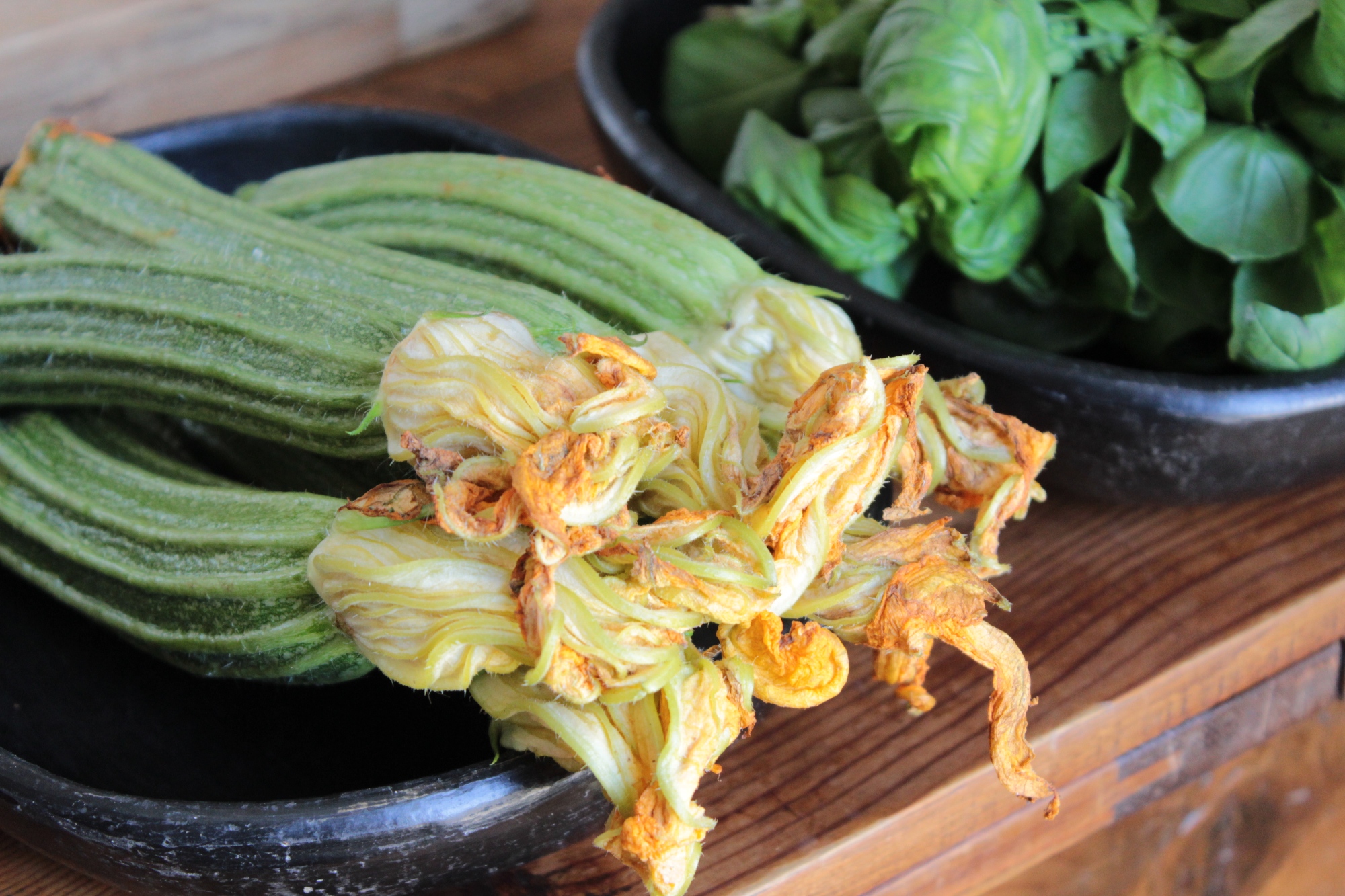
Sauce Arturo’s versatility extends beyond pasta dishes. Its rich and savory flavor makes it an excellent accompaniment to a variety of dishes, from meats to vegetables.
As a marinade, Sauce Arturo infuses meats with its unique blend of herbs and spices. Try marinating chicken breasts, pork chops, or even tofu in the sauce for several hours or overnight before grilling or roasting. The result is tender, juicy, and flavorful meat.
Dipping Sauce
Sauce Arturo’s thick and creamy texture makes it an ideal dipping sauce for appetizers and snacks. Serve it alongside breadsticks, crackers, or even vegetable crudités. The sauce’s tangy and herbaceous flavor adds a burst of flavor to any dish.
If you’re looking for a flavorful twist on the classic sauce arturo recipe, why not try a fried rice dish without soy sauce? This unique recipe, found at fried rice without soy sauce recipe , uses a blend of spices and aromatics to create a delicious and satisfying dish.
Once you’ve mastered this fried rice variation, you can return to the original sauce arturo recipe with a newfound appreciation for the versatility of culinary flavors.
Creative Incorporations
Incorporate Sauce Arturo into different cuisines to add a touch of Italian flair. Use it as a base for a creamy soup or as a flavorful sauce for grilled vegetables. Try adding it to a stir-fry or using it as a spread for sandwiches or wraps. The possibilities are endless.
Health Benefits and Considerations

Sauce Arturo offers a range of nutritional benefits, including:
- Rich in vitamins and minerals: Contains vitamin C, potassium, and iron, essential for overall health and well-being.
- High in antioxidants: Contains lycopene, a powerful antioxidant that protects against cell damage.
- Low in calories and fat: A serving of Sauce Arturo provides only a few calories and minimal fat, making it a healthy choice for weight management.
Dietary Restrictions and Allergies
Sauce Arturo is generally considered safe for most people, but certain individuals may have dietary restrictions or allergies to consider:
- Gluten: Sauce Arturo does not contain gluten, making it suitable for individuals with celiac disease or gluten intolerance.
- Dairy: The traditional recipe for Sauce Arturo does not include dairy products, but some variations may add cheese or cream, which can be problematic for individuals with lactose intolerance or dairy allergies.
- Tomatoes: Sauce Arturo is made with tomatoes, which are nightshades and may cause allergic reactions in some individuals.
Tips for Making Healthier Variations
To make Sauce Arturo even healthier, consider the following tips:
- Use whole-wheat pasta: Whole-wheat pasta provides more fiber and nutrients than white pasta.
- Add vegetables: Incorporate chopped vegetables such as bell peppers, mushrooms, or zucchini into the sauce for added nutrition.
- Reduce sodium: Use low-sodium tomato sauce or add less salt to the sauce.
- Make your own sauce: Homemade Sauce Arturo allows you to control the ingredients and adjust the sodium and fat content to your liking.
Cultural Significance and History
Sauce Arturo holds a significant place in the culinary heritage of its region of origin. It is a beloved sauce that has been passed down through generations, embodying the flavors and traditions of its people.
Historically, the sauce evolved from humble beginnings as a simple combination of tomatoes, onions, and garlic. Over time, it was refined and enhanced with the addition of herbs, spices, and other ingredients, reflecting the influence of various cultures that have shaped the region’s cuisine.
Anecdotes and Cultural Impact, Sauce arturo recipe
Sauce Arturo has become deeply ingrained in the local culture. Families often gather around the table to enjoy meals featuring this flavorful sauce, creating cherished memories and fostering a sense of community.
Stories abound about the sauce’s impact on local traditions. One popular anecdote tells of a village festival where a renowned chef prepared a grand feast featuring Sauce Arturo. The sauce was so delicious that it became the talk of the region, further solidifying its status as a culinary icon.
Troubleshooting Common Issues
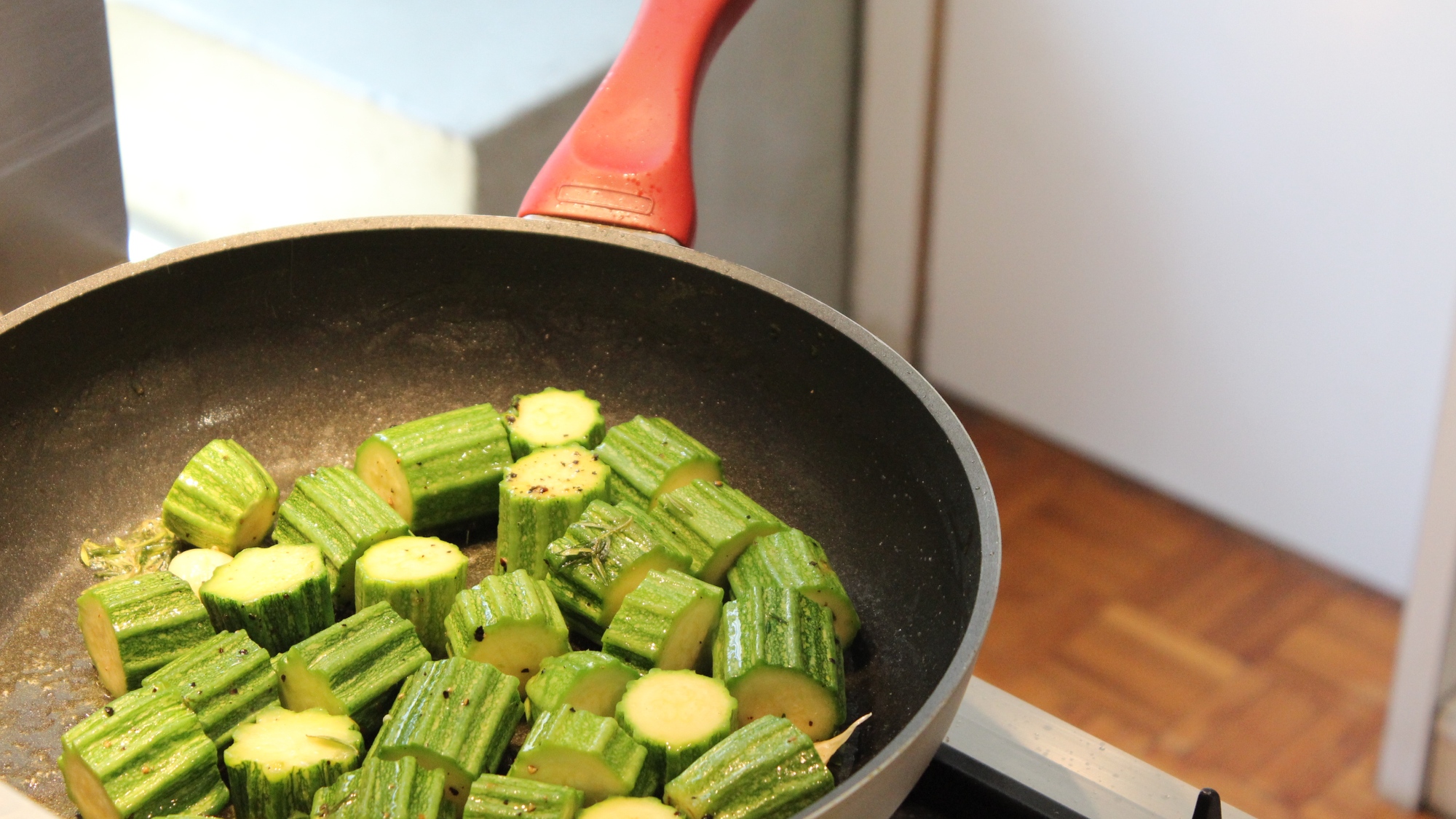
Making Sauce Arturo is usually straightforward, but certain issues can arise. This section will guide you through common problems and provide solutions to ensure a successful sauce preparation.
Identifying the cause of the problem is crucial. Consider the ingredients used, the cooking technique, and any potential errors that may have occurred during the process.
Sauce Lacks Flavor
- Insufficient Seasoning: Ensure you add enough salt and pepper to taste. Consider using a flavorful cheese, such as Parmesan or Asiago, to enhance the sauce’s depth.
- Bland Ingredients: Use fresh, high-quality ingredients. If possible, opt for ripe tomatoes and aromatic herbs.
Sauce is Too Thin
- Insufficient Reduction: Simmer the sauce for a longer duration to allow the liquid to evaporate and the sauce to thicken.
- Too Much Liquid: If you accidentally added too much liquid, try adding a cornstarch slurry (equal parts cornstarch and water) to thicken it.
Sauce is Too Thick
- Over-Reduction: If the sauce becomes too thick, gradually add a small amount of water or broth to thin it out.
- Too Much Flour: If you used too much flour, the sauce may become pasty. Try adding a little bit of milk or cream to smooth it out.
Sauce Separates
- Improper Emulsification: If the sauce separates into oil and liquid, it may not have been emulsified properly. Try whisking in a small amount of cold butter or cream to bring it back together.
- Overheating: Avoid overheating the sauce, as this can cause the butter to separate.
Visual Presentation and Plating

Sauce Arturo’s rich, vibrant color and velvety texture make it a visually appealing dish. Here are some tips to enhance its presentation and create an unforgettable dining experience:
Garnishes and Accompaniments
Elevate the visual appeal of Sauce Arturo by incorporating complementary garnishes and accompaniments:
- Fresh Herbs: Sprinkle chopped fresh herbs like basil, oregano, or parsley over the sauce for a vibrant pop of color and herbaceous aroma.
- Grated Parmesan Cheese: Top the sauce with freshly grated Parmesan cheese to add a nutty flavor and elegant touch.
- Roasted Vegetables: Arrange roasted vegetables like bell peppers, zucchini, or eggplant around the sauce to create a colorful and flavorful accompaniment.
- Crispy Croutons: Serve the sauce alongside crispy croutons for a textural contrast and a dipping delight.
Special Occasions
For special occasions, go the extra mile to enhance the sauce’s appearance:
- Piping: Use a piping bag to create elegant swirls or rosettes on the surface of the sauce.
- Coloring: Add a touch of natural food coloring to the sauce to match the occasion’s theme or décor.
- Garnish with Edible Flowers: Sprinkle edible flowers like pansies, violas, or lavender buds over the sauce for a delicate and romantic touch.
Comparisons to Other Sauces
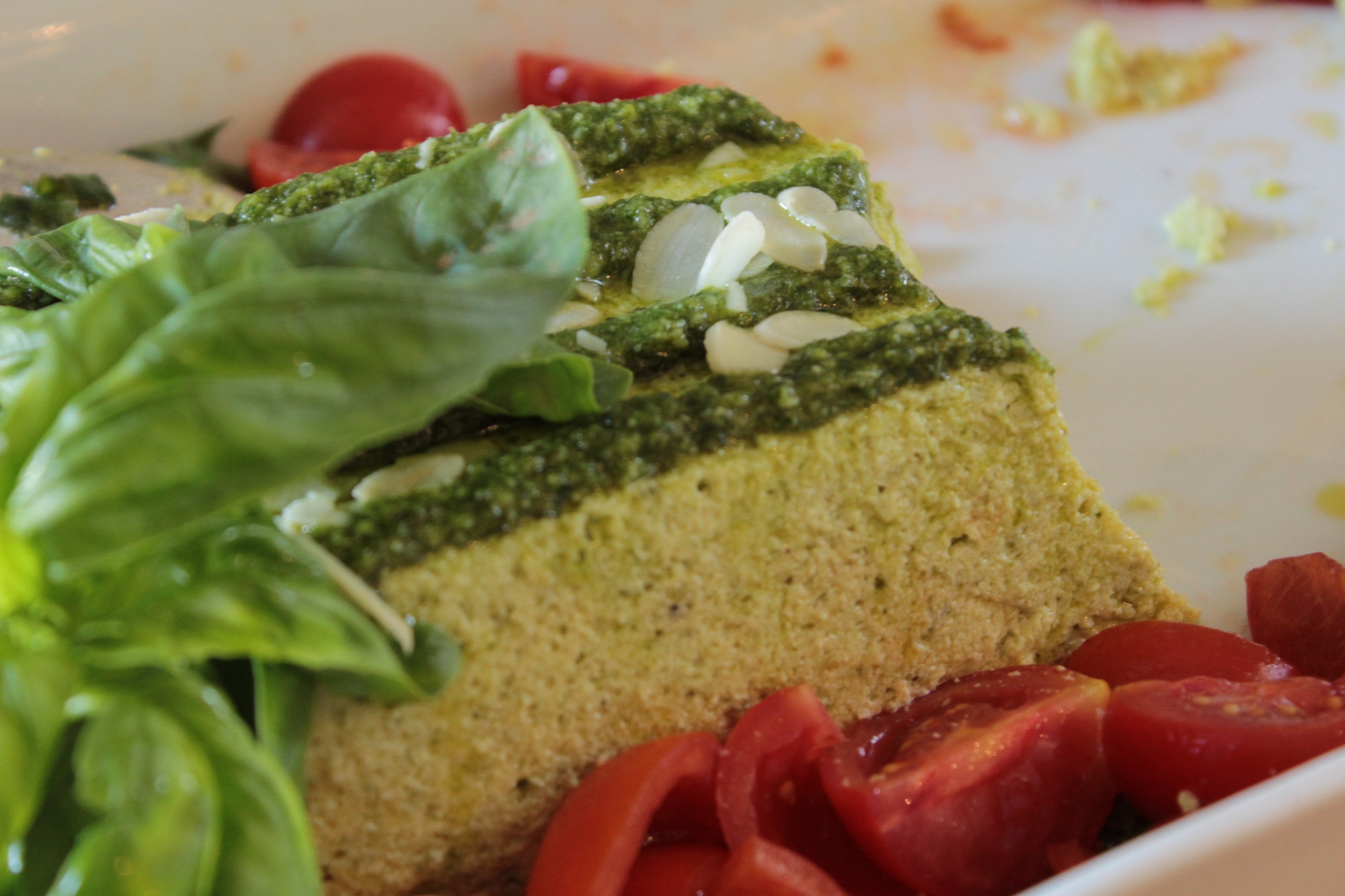
Sauce Arturo stands out from the crowd of Italian sauces, boasting a unique flavor profile and versatility that set it apart from popular sauces like marinara and alfredo.
Compared to the robust and tangy marinara, Sauce Arturo offers a milder and more balanced flavor, with a hint of sweetness from the carrots and bell peppers. While marinara pairs well with hearty dishes like pasta and meatballs, Sauce Arturo’s delicate flavor makes it a perfect match for lighter dishes like seafood and vegetables.
Alfredo Sauce
Unlike the creamy and rich alfredo sauce, Sauce Arturo has a lighter texture and a brighter flavor. Alfredo sauce’s richness makes it an excellent choice for pasta dishes, but its heaviness can sometimes overpower delicate flavors. In contrast, Sauce Arturo’s versatility allows it to enhance various dishes without overpowering them.
Recipe Variations and Adaptations
Sauce Arturo is a versatile sauce that can be adapted to suit various tastes and dietary needs. Experiment with different ingredients, cooking methods, and flavors to create your unique version of this delicious sauce.
The following table provides a few variations of Sauce Arturo:
| Variation | Ingredients | Cooking Method | Flavor Profile |
|---|---|---|---|
| Roasted Red Pepper Sauce Arturo | Roasted red peppers, sun-dried tomatoes, basil, garlic, olive oil | Roasted and simmered | Sweet, smoky, and aromatic |
| Spicy Chipotle Sauce Arturo | Chipotle peppers, adobo sauce, cumin, oregano, chili powder | Simmered | Smoky, spicy, and earthy |
| Creamy Pesto Sauce Arturo | Basil, pine nuts, Parmesan cheese, heavy cream, olive oil | Blended | Rich, creamy, and herbaceous |
You can also adapt Sauce Arturo for specific dietary needs or preferences. For example, you can make a vegan version by using plant-based milk and cheese. You can also make a gluten-free version by using gluten-free flour or cornstarch as a thickener.
Glossary of Terms
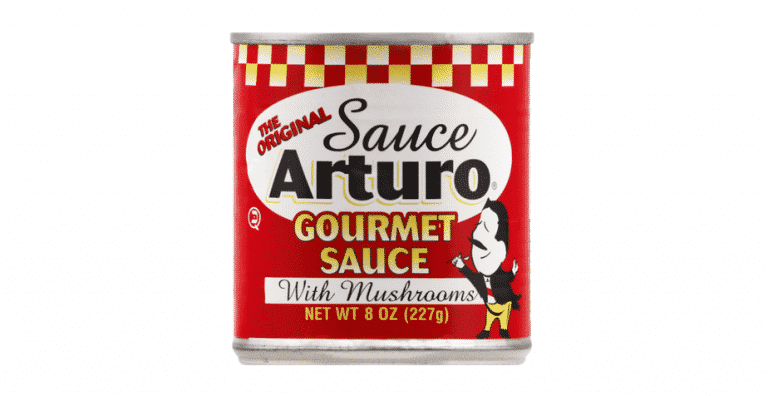
Understanding the following culinary terms will help you navigate the recipe and create a flavorful Sauce Arturo:
Concassé
Concassé refers to a technique where tomatoes are peeled, seeded, and diced into small, uniform pieces. This method ensures even cooking and a balanced distribution of flavors in the sauce.
Reduction
Reduction is a process where a liquid is simmered to evaporate its water content, concentrating its flavors and thickening its consistency. In the case of Sauce Arturo, the wine and stock are reduced to enhance their depth of flavor.
Deglaze
Deglazing involves adding a liquid to a pan in which food has been cooked to dissolve the browned bits stuck to the bottom. This liquid is then incorporated into the sauce, adding complexity and richness.
Conclusive Thoughts
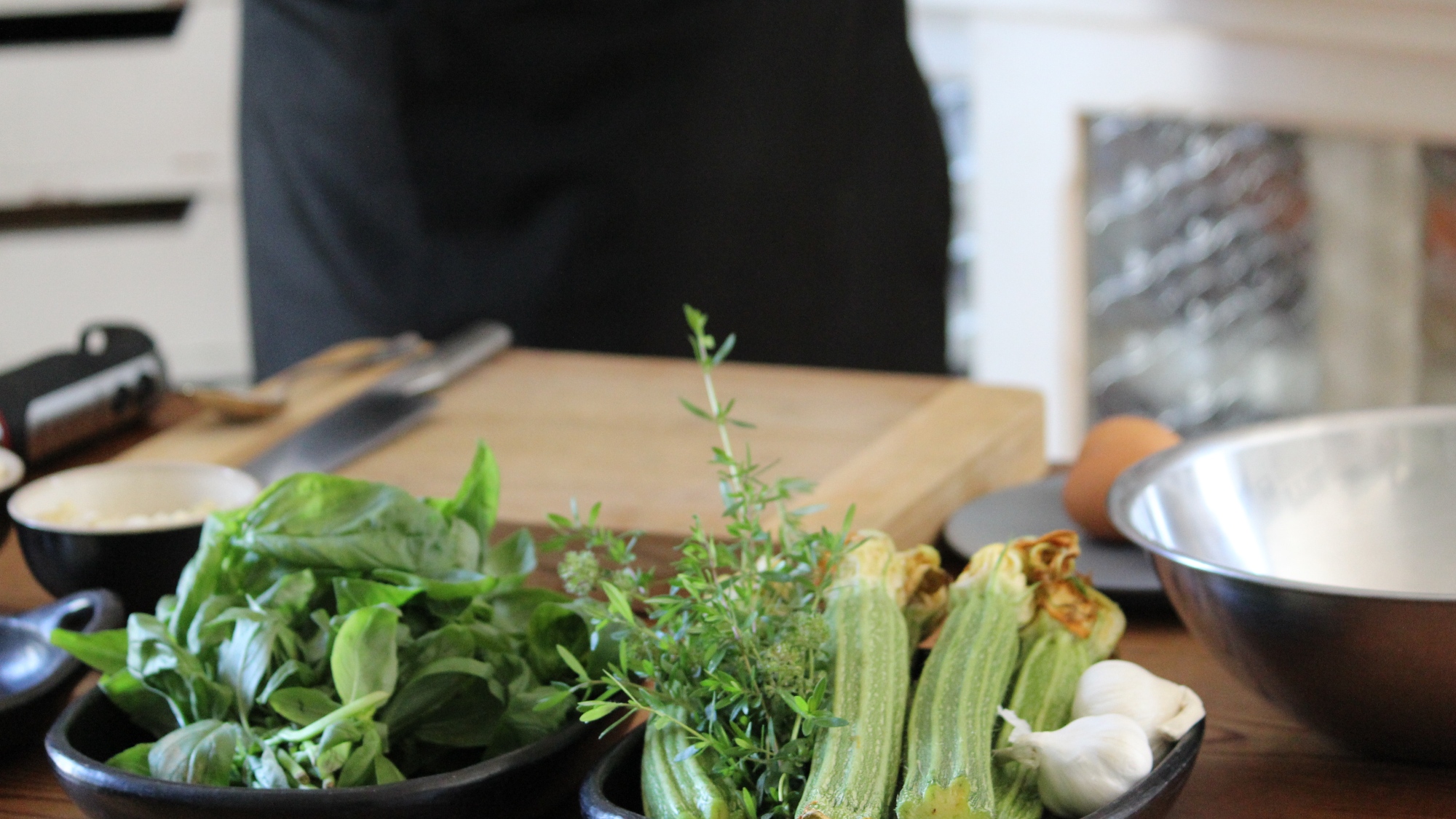
Whether you’re a seasoned chef or a home cook looking to impress, Sauce Arturo is the perfect culinary companion. Experiment with different variations, explore its cultural significance, and let its rich flavors ignite your culinary creations.
So, gather your ingredients, don your apron, and prepare to create a masterpiece that will leave a lasting impression on your taste buds.
FAQ Compilation
What are the key ingredients in Sauce Arturo?
Sauce Arturo typically consists of tomatoes, garlic, onions, olive oil, herbs, and spices.
Can I substitute any ingredients in Sauce Arturo?
Yes, you can substitute some ingredients. For example, you can use crushed tomatoes instead of whole tomatoes, or add different herbs and spices to your taste.
How can I adjust the consistency of Sauce Arturo?
To thicken the sauce, simmer it for a longer time. To thin it out, add a little water or broth.
What are some creative ways to use Sauce Arturo?
You can use Sauce Arturo as a pasta sauce, a dipping sauce for bread or vegetables, or as a marinade for meat or fish.
One thought on “Sauce Arturo Recipe”